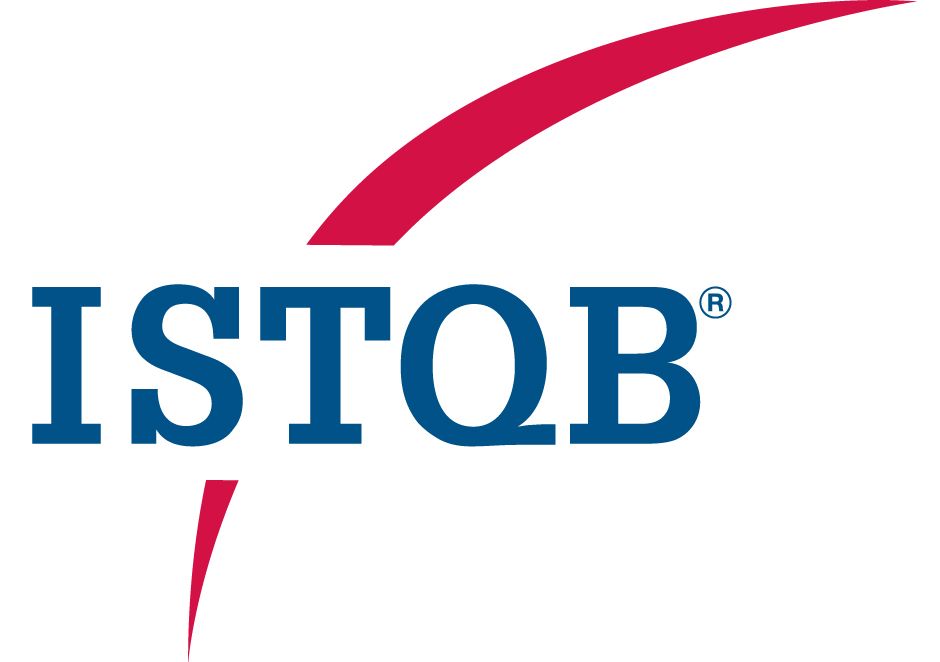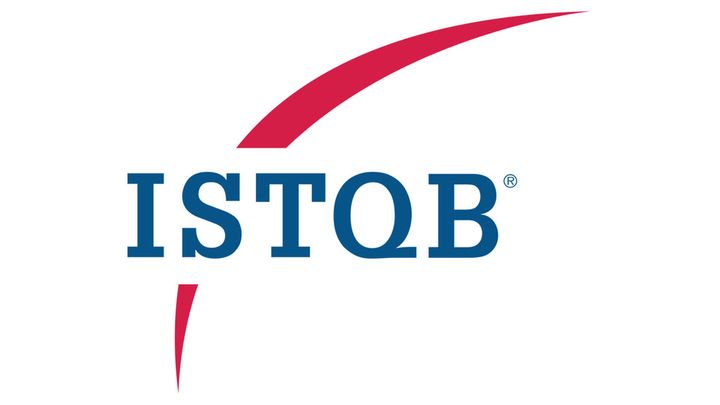ISTQB Foundation - CHAPTER 3

1. STATIC TESTING BASIC
- Static testing relies on manual examination of worl product – Test tĩnh dựa trên việc kiểm tra thủ công với work product
- Static analysis is evaluated of code or other work product – Phân tích tĩnh là đánh giá code hoặc work product khác
1.1. Work product that can be examined by static testing
- Almost any work product can be using static test – Hầu hết các work product đều có thể test tĩnh
- Review can be applied to any work product – Đánh giá có thể được áp dụng cho bất kỳ work product nào
- Static analysis can be applied to any work product with fomal structure (code or model) for appropriate static analysis tool – Phân tích tĩnh có thể áp dụng cho bất kỳ work product nào có cấu trúc hình thức có công cụ phân tích thích hợp
1.2. Benefit of static testing
- Detect and correct defect prior to dynamic testing – Phát hiện và sửa lỗi trước khi kiểm thử động
- Identify defect which are not easily found by dynamic testing – Xác định lỗi không dễ tìm kiếm bằng kiểm thử động
- Prevent defect in design or code – Ngăn ngừa lỗi trong thiết kế hoặc code
- Increase development productivity/velocity – Tăng năng xuất phát triển
- Reduce cost and time of development, testing and cost of quality– Giarm chi phí và thời gian phát triển, test và chi phí chất lượng
- Improve comunication between team members when review – Cải thiện giao tiếp giữa các thành viên nhóm khi đánh giá
1.3. Defferences between static and dynamic testing
- Static test can provide assessment of quality of work products – Test tĩnh có thể cũng cấp đánh giá về chất lượng của các work product
- Identify defect early – Xác định lỗi sớm
- Find defect in work product – Tìm được các lỗi trong work product
- Find defect with less effort – Tìm được lỗi với ít công sức
- Improve the consistency and internal quality of work product -Cải thiện tính nhất quán và chất lượng nội bộ của work product
1.4. Typical defects are eassier and cheeper to find through static testing
- Requirement defect – Lỗi yêu cầu
- Design defect – Lỗi thiết kế
- Code defect – Lỗi code
- Deviation from standards – Độ chênh lệch so với tiêu chuẩn
- Incorrect interface specification – Thông số kỹ thuật giao diện không chính xác
- Security vunerability – Lỗ hổng bảo mật
- Missing tests for an acceptance criterion – Test thiếu cho 1 số tiêu chí chấp nhận
- Maintainability defect – Lỗi bảo trì
2. REVIEW PROCESS
|
Review
process |
Main
tasks |
Role
& responsibility |
|
Planning Lập kế hoạch |
Define scope, objective – Xác định
phạm vi, mục tiêu Estimate time, effort – Ước lượng
thời gian, công sức Select people, role – Chọn người,
vai trò Define entry, exit criteria –
Xác định tiêu chí vào ra Check entry criteria – Kiểm tra
tiêu chí đầu vào |
Manageranager -
Review
plan -
Decide,
monitor -
Assign
task, budget, time Facilitator/moderator/leader -
Lead of
review -
Create
plan for review |
|
Initiate review (Kick off) Khởi động |
Distribute work product – Bàn
giao work product Explain – Giải thích QnA – Đặt câu hỏi, trả lời |
Facilitator/moderator/leader -
Run
meeting |
|
Individual review
(Preparation) Review cá nhân |
Self review -Tự review Note comment, defect |
Reviewer Review leader Recorder/Scribe -
Collect
defect |
|
Issue communication and
analysis (Review meeting) Trao đổi, phân tích vấn đề |
Communicating – Giao tiếp Analyzing – Phân tích Evaluating – Đánh giá |
Facilitator/moderator/leader -
Run
meeting Recorder/Scribe -
Record
defect |
|
Fixing (Rework) Khắc phục |
Create, update defect report –
Tạo, cập nhật báo cáo lỗi Fix defect – Sửa lỗi Communicate defect – Truyền đạt lỗi |
Author |
|
Reporting (Follow up) Báo cáo, theo dõi |
Gathering metric – Thu thập số
liệu Check exit criteria – Kiểm tra
tiêu chí kết thúc Accept work product – Chấp nhận
work product (Khi đạt tiêu chí kết thúc) |
Facilitator/moderator/leader |
3. REVIEW TYPE
|
|
Informal/Pair review (Không có tài liệu) |
Fomal review (Có tài liệu) |
||
|
Walkthrough/Demo |
Technical review/peer review |
Inspection |
||
|
Purpose |
Detect
defect – Phát hiện lỗi Generate
ideas/solution, solve problem – Tạo ý tưởng/giải pháp, giải quyết vấn đề |
Find
defect – Tìm lỗi Exchange
idear – trao đổi ý tưởng Trainning
– Hướng dẫn |
Gain
consensus Detect
defect Evaluate
work product Consider
alternative, solution |
Find
defect |
|
Leader |
No |
Author |
Ideally
led by trained moderator |
Trained
morderator |
|
Review
process |
No
process Use
in Agile project |
Process
optional (Quy trình tùy chọn): -
Individual
preparation – Chuẩn bị cá nhân -
Review,
defect report – review, báo cáo lỗi |
Process
optional (Quy trình tùy chọn): -
Review
meeting – Họp đánh giá -
Management
paticipation – Sự tham gia của quản lý |
Process
mandatory (Quy trình bắt buộc): -
Base on
rule, checklist – Dựa vào quy tắc, danh sách kiểm tra -
Entry, exit
creteria – Tiêu chí vào, ra -
Metric
are collect – Số liệu thập -
Improve
process – Cải tiến quy trình |
|
Review
technique |
Ad
hoc: -
Litle/no
guidance – Ít/không có hướng dẫn -
Dependent
on reviewe skill – Dựa vào kỹ năng đánh giá |
Scenarios
and dry run: Better
guideline – Hướng dẫn tốt hơn Miss
other defect type – Bỏ sót loại lỗi khác |
Role/perspective base (Cơ sở vai trò/quan điểm): -
Base on
different stakeholder view point – Dựa trên quan điểm khác nhau giữa các bên
liên quan |
Check
list base (Cơ sở danh sách kiểm tra): -
List of
question from past defect/standard – Danh sách câu hỏi từ lỗi/tiêu chuẩn
trong quá khứ -
Miss
defect outside checklist – Bỏ sót lỗi ngoài danh sách kiểm tra |
4. SUCCESS FACTOR FOR REVIEW
|
Process |
People |
|
Clear
objective – Mục tiêu rõ ràng Review
type –Loại review Review
technique – Kỹ thuật review Checklist
used – Checklist đã sử dụng Review
in small chunk – Review các phần nhỏ Adequate
time – Thời gian thích hợp Adequate
notice – Thông báo đầy đủ Manager
support – Quản lý hỗ trợ |
Right
people – Đúng người Valued
reviewer – Người đánh giá có giá trị Adequate
time and attention to detail – Đủ thời gian, quan sát tới chi tiết Defect
found are objectively – Lỗi tìm thấy là khách quan Meeting
is well-managed – Cuộc họp được quản lý tốt Atmosphere
of trust – Bầu không khí tin cậy Avoid
body language – Tránh ngôn ngữ cơ thể Adequate
training – Đào tạo đầy đủ |
Nguồn: Tài liệu Quality Resources & Solution by Ta Thi Thinh


